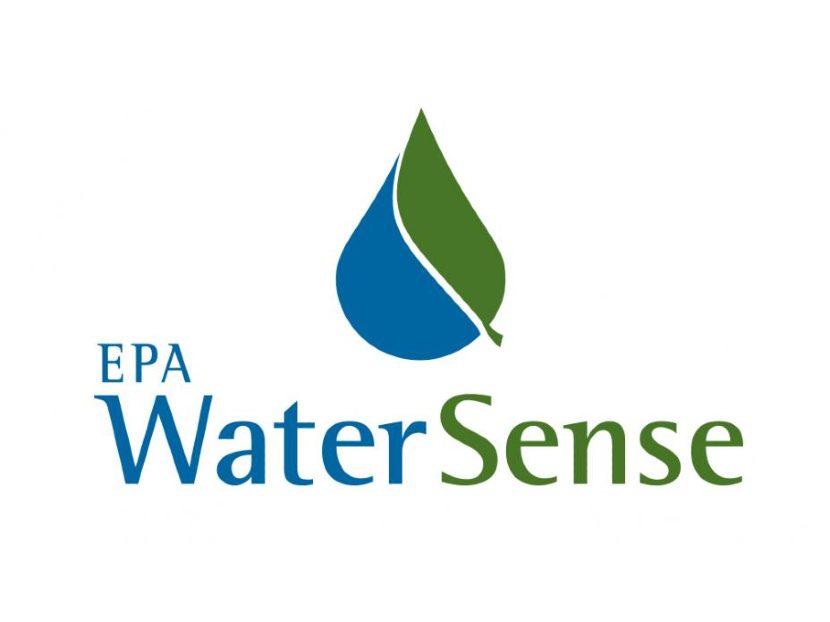WaterSense Considers Labeling Reverse Osmosis Systems

The U.S. Environmental Protection Agency's (EPA) WaterSense program is considering expanding the types of products that can earn the WaterSense label to include systems that enhance water quality at the tap. EPA has published a Notice of Intent (NOI) to consider drafting a WaterSense specification for point-of-use reverse osmosis (RO) systems, which treat water at a single fixture, e.g., under the kitchen sink in a home.
While RO systems can be effective at reducing total dissolved solids, heavy metals, and inorganic and organic contaminants in water used in homes and businesses, the process these systems use can waste significant amounts of water. Currently, a typical residential RO system operates at an efficiency of 20 percent or less, meaning that for every one gallon of treated water, a minimum of four gallons of water with concentrated contaminants (called "concentrate") are rejected from the system. Less efficient units can generate more than 10 gallons of concentrate — which is typically drained to the sewer — for every one gallon of treated water available.
In recent years, the technology and design of RO systems have improved, allowing for manufacturers to develop more efficient RO systems. EPA is releasing the NOI to gather feedback on potential efficiency and performance criteria that it could require for these systems to earn the WaterSense label.
WaterSense is also looking to identify whether RO system manufacturers are interested in and capable of developing high-efficiency point-of-use RO systems to earn the WaterSense label. The NOI is available for review on the WaterSense website, and EPA will also host a webinar to discuss potentially labeling point-of-use RO systems on Feb. 16, 2022, from 2:00 p.m. to 4:00 p.m. EST. WaterSense encourages any manufacturer, user, water utility, or other stakeholders interested in water-efficient point-of-use RO systems to review the NOI and submit comments.




